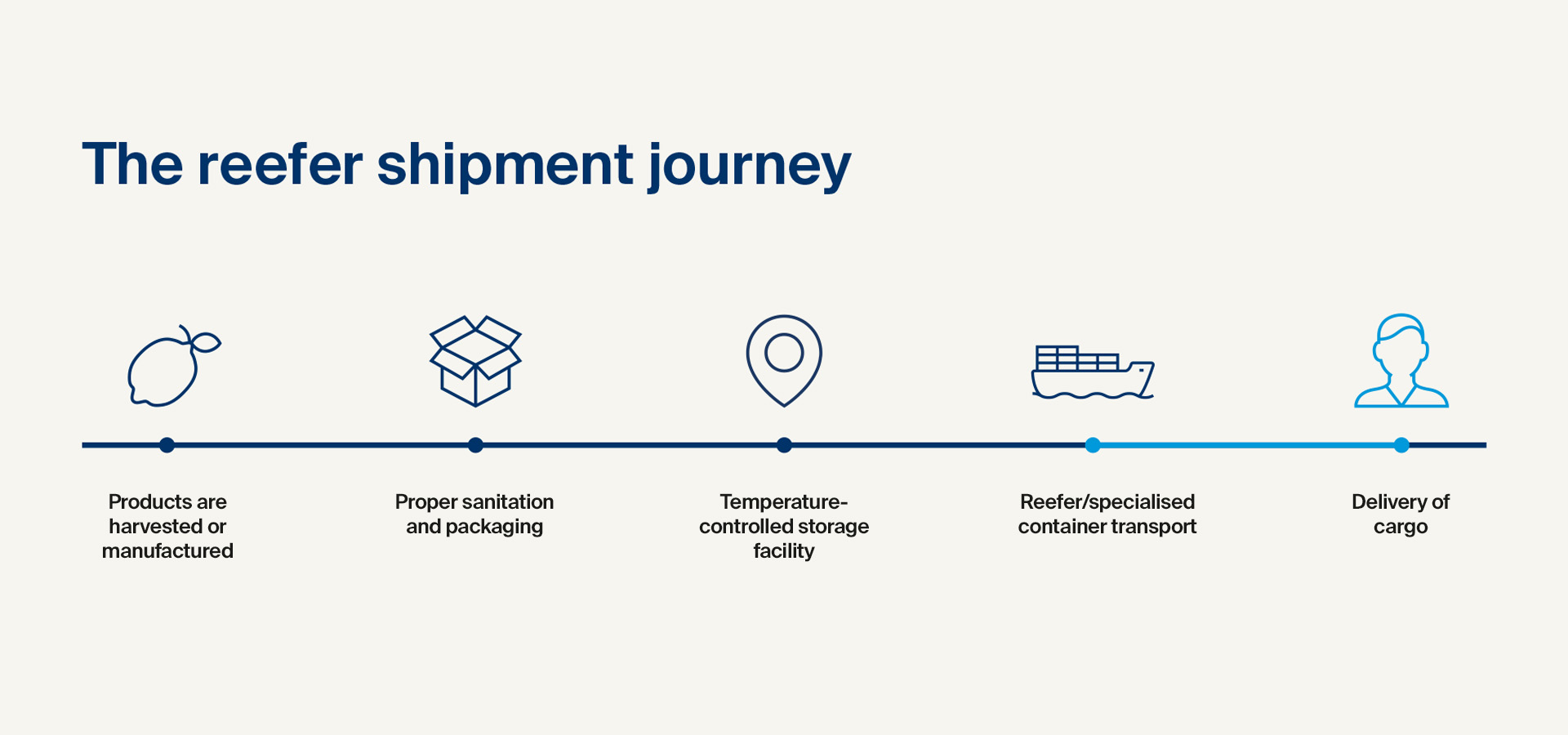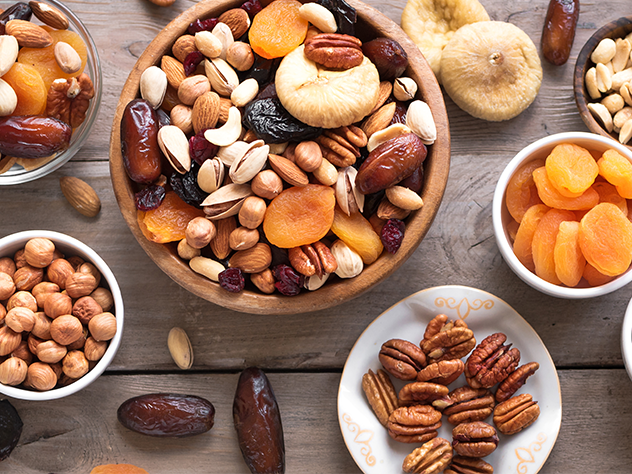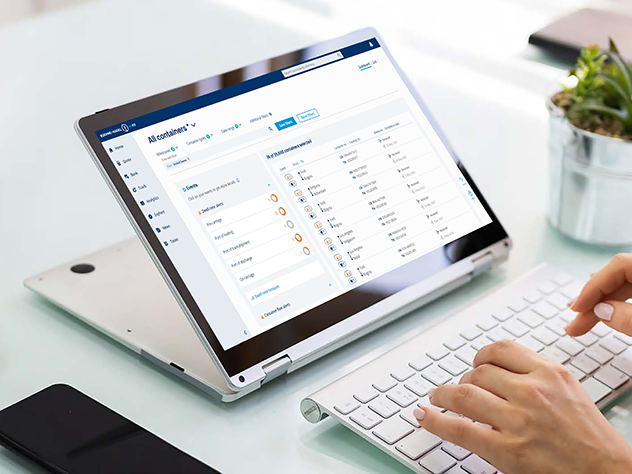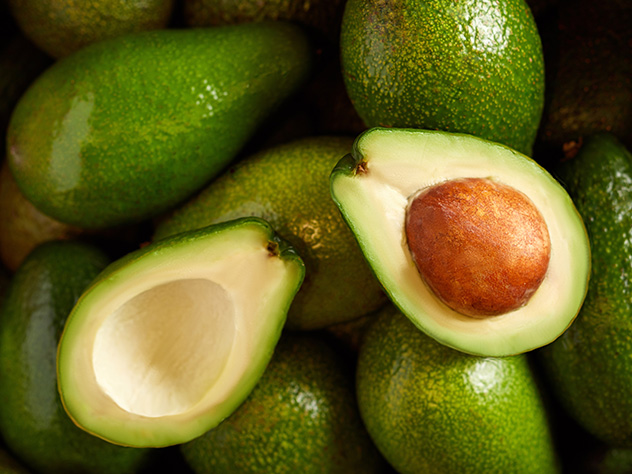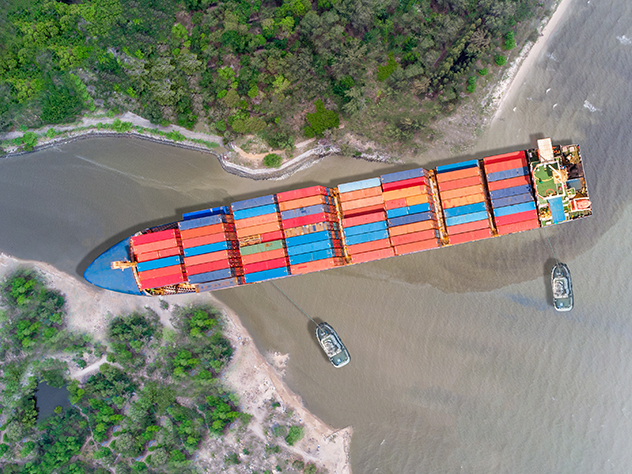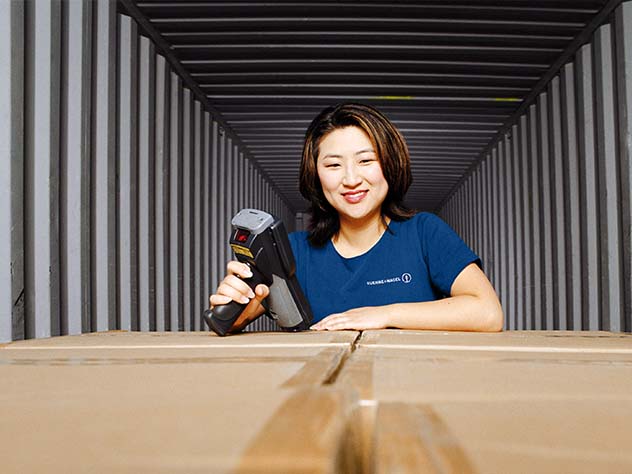Back Food waste prevention in reefer shipping
How to
Reefer shipping and food waste prevention: A global imperative
According to the Food and Agriculture Organization (FAO), about 30% of the global food supply goes to waste.* From the time of harvest until food reaches the dinner table, there are many points along this route where we can reduce spoilage and increase sustainability.
Timely and correct harvesting, sanitation, packaging and loading of the container can start a perishables shipment on the right course. But once food is in transport, mitigating product damage and controlling the reefer container temperature determines its condition and quality for the rest of the journey.
Racing with the clock to reduce food waste
The best defence against spoilage involves planning and implementing preventative measures that focus on food safety. Using the latest technology to monitor data creates opportunities for quicker decision-making that mitigate loss.
When you work alongside professionals who prioritise safety and compliance, you lower risk and increase expertise from origin to destination. Build resilience into every reefer shipment with practices that ensure optimal, temperature-controlled transit times and extend the shelf life of products.
An ounce of (real-time) prevention
While everyone enjoys foods from around the world, behind each delicious morsel is a high level of care. Failing to keep perishable goods at the correct temperature can result in rejected loads, reputation damage and financial loss. The smallest temperature variation can mean the difference between freshness and food waste.
The cold chain is meticulously designed to eliminate spoilage and unnecessary loss. With a trusted logistics partner, expert handling and reliable carriers, your perishables arrive ready for market.
Because conditions vary as products pass through multiple handlers, cargo may exceed permissible or safe temperature levels, even if only briefly. Quality depends on cold chain visibility. When products encounter unfavourable conditions, receiving immediate alerts is invaluable. Kuehne+Nagel applies sensors that offer gapless monitoring for all temperature settings, ventilation, humidity and drainage during shipping. When a threshold is exceeded, the real-time data is analysed by our operators and escalated to the carrier, avoiding delays that could affect product condition.
Keeping the promise of freshness
Cold chain success depends largely on a combination of knowledge, best practices and solid information. Kuehne+Nagel’s reefer perishables team understand regulations in every market and is trained to manage temperature-controlled products using globally standardised processes.
When goods have to arrive at peak freshness, let us help you design a solution that delivers quality to your customers.
* Source: https://www.unep.org/resources/report/unep-food-waste-index-report-2021



